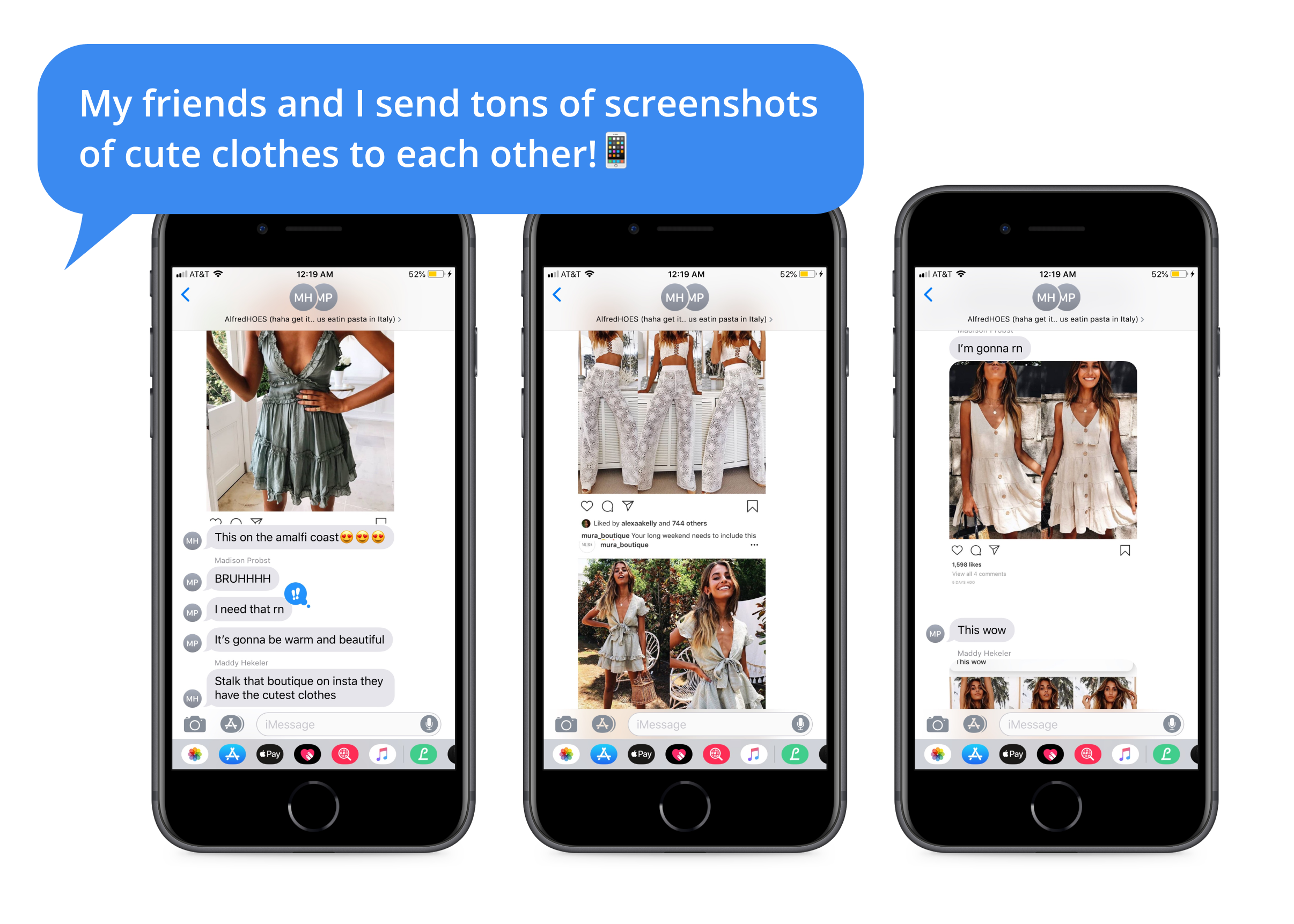SERVICE BLUEPRINT
Service blueprinting shed light on a major data disconnect between online and in-store shopping.
As a common user story emerged through our affinity diagram, we modeled our findings in a hybrid service blueprint & customer journey map. Through mapping out users' emotions, social interactions, and data collection points, we clearly identified areas of opportunity in our problem space.
















